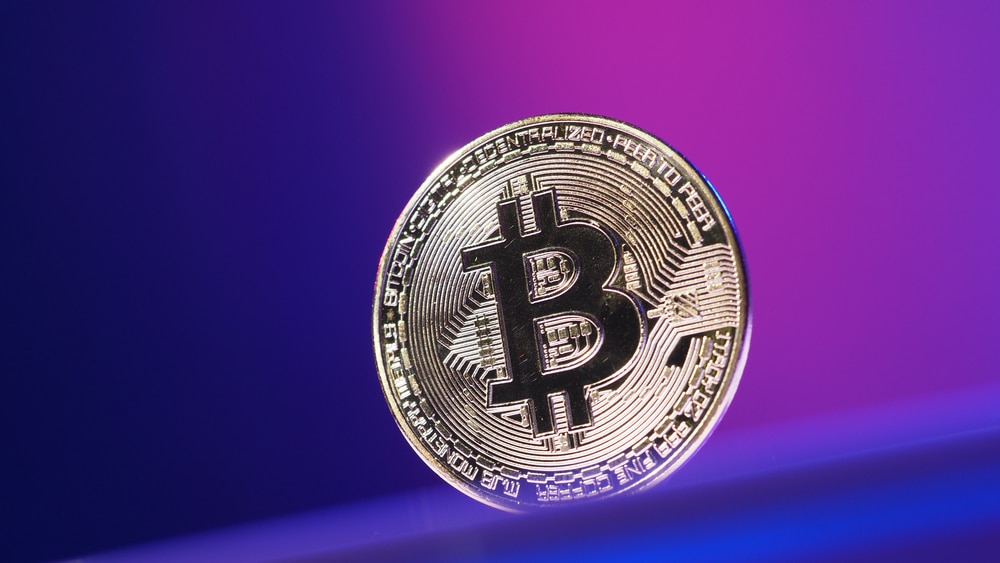It’s difficult to pinpoint exactly why the price of the world’s first cryptocurrency rises and falls. But tales of a recent short squeeze—investors who bet the price of Bitcoin would decline sold holdings— possibly explain Bitcoin’s surprising bounce.
Origins of Ordinals
An ordinal is, for all practical purposes, NFT (a non-fungible token). It is most known for certifying that only one individual owns a piece of digital art. As the one auctioned for $69 million in March 2021.
The most well-known applications for NFTs are on blockchains, such as Ethereum and Solana. The computational power of these digital ledgers is far greater than that of Bitcoin’s blockchain.
Which is primarily intended to record transactions that take place between owners of digital currency. In contrast to earlier attempts to add NFTs to the ledger of Bitcoin, which were hosted “off-chain”.
In December, Bitcoin programmer Casey Rodarmor created a mechanism to enable NFTs on Bitcoin’s blockchain. But not in the same database as everyday transactions.
This is in contrast to earlier attempts to add non-fungible tokens to the ledger of Bitcoin, which were unsuccessful. These “digital artifacts” were referred to as ordinals by Rodarmor.
Just how do ordinal numbers function?
Initially, Rodarmor came up with an algorithm that would generate a unique serial number for each and every satoshi. Which is the term given to the smallest unit of Bitcoin (one Bitcoin is divided into 100 million satoshis).
Depending on when the first satoshi was created, there might be different outcomes. He then used Bitcoin’s 2017 and 2021 code changes to “inscribe” data on satoshis.
These updates increased the capacity of the blockchain to hold data in addition to transaction records. Daniel Peter, co-founder, and CEO of Capsule-NFT, which just revealed its work with ordinals.
Told Fortune, “Picture the one-cent piece you carry in your pocket, and I can put a piece of data on it.” Capsule-NFT is a startup that has been working with ordinals.
“It used to be a penny, but I’ve since affixed an image of Benjamin Franklin to it in its place,” you may now say. Ordinals are “non-fungible,” in the same sense that NFTs are on other blockchains.
To put it another way, the ledger that keeps track of Bitcoin transactions has a one-of-a-kind record that indicates the tiny fraction of Bitcoin that features.
For example, an image of Benjamin Franklin belongs to a single owner and no one else.
Nevertheless, unlike NFTs on blockchains like Solana and Ethereum, data piggybacked on a satoshi does not link to the original file’s location (often on networked storage and retrieval systems).
The information is written down, sometimes known as being “register,” on the actual ordinal. It is important to note that Ethereum and Solana both give users the ability to store large data files on an NFT.
However, pushing this data “on the chain,” which means placing the data on the blockchain network itself, is more computationally intensive.
As a result, more expensive, according to Jon Wong, the technical lead on the NFT team at the Solana Foundation.
Ordinals are, decidedly an anti-scale approach according to the head of communications strategy at the Solana Foundation, Austin Federa.
“Here’s a version that, in terms of its power to develop value by scarcity, sort of parallels fine art,” he said. Nevertheless, he pointed out that its applications are restricted in other ways.
What about endurance?
When ordinals became popular in February, Dune Analytics reports that Bitcoin NFT “mints” (creations) have soared. Around 100,000 have been minted thus far, according to Decrypt.
Miners manage and protect. When ordinal mints grow, Bitcoin blockchain miners pay larger transaction fees. The Solana Foundation’s Wong ties Bitcoin’s price surge to cryptocurrency’s expanding popularity.
The success of ordinals, which have just been present for around two months, remains to be seen. Yet, in the meanwhile, Bitcoin users are expressing their excitement about the surge.
